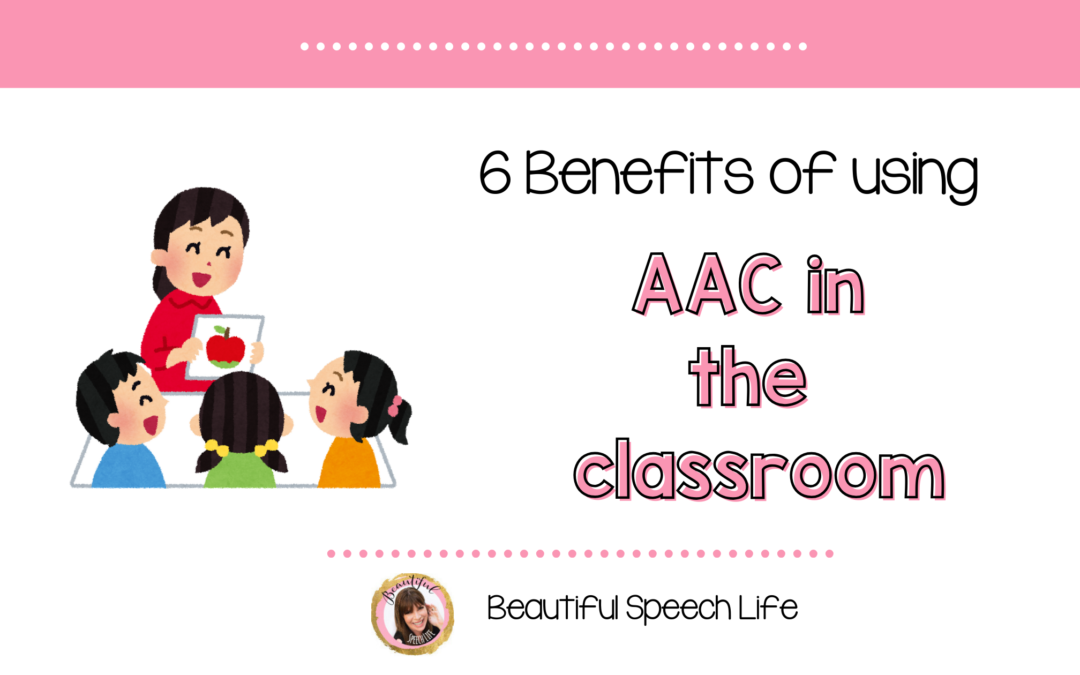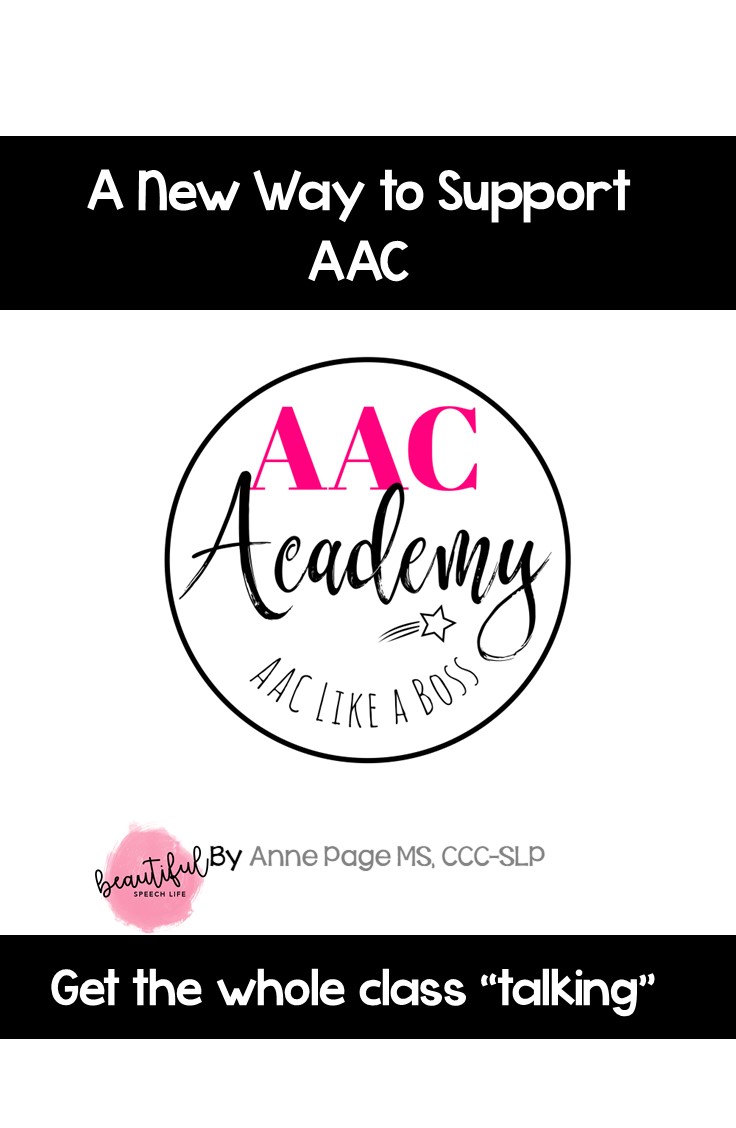Augmentative and alternative communication (AAC) is a valuable communication method that can transform the school experience for our students with communication challenges. By providing an additional means of expression and understanding, AAC empowers our students to participate more fully in classroom activities, fostering their learning and overall development.
In this article, let’s explore the significance of AAC in the classroom and discuss its numerous benefits for students with communication difficulties. We’ll dive into how AAC can enhance communication, support language development, promote independence, encourage participation, facilitate social interactions, and assist in tracking progress and assessment.
- Enhancing Communication: AAC bridges the communication gap by providing tools and strategies for effective expression, assisting in meaningful interactions and understanding. Implementing AAC effectively can unlock new opportunities for students with communication challenges, empowering them to engage in their learning actively. No more sitting quietly at their desk playing a game, so they’ll be quiet. Now they can be an active participant.
- Supporting Language Development: AAC supports language development by offering visual and auditory supports, promoting vocabulary expansion, sentence structure comprehension, literacy skills, and overall language acquisition. Practicing functional communication through AAC in the context of academic tasks can expand a student’s communicative repertoire and increase overall language proficiency.
- Promoting Independence: AAC fosters self-advocacy and autonomy by enabling students to express needs, make choices, and actively participate, increasing confidence and self-esteem. They are also able to take an active role in their learning.
- Encouraging Participation: Students using AAC can actively participate in classroom activities and lessons aligned with grade-level curriculum standards, promoting inclusive education and equitable learning opportunities. Allowing students to contribute, engage, and share facilitates a sense of belonging and inclusion.
- Facilitating Social Interactions: AAC supports social relationships and friendships by enabling effective communication, breaking down barriers, and creating opportunities for building meaningful relationships. Students can participate in group discussions, share interests and express their opinions.
- Tracking Progress and Assessment: AAC provides a framework for monitoring progress and conducting assessments, enabling data-driven decision-making and individualized education planning. It’s so helpful for teachers to chart progress.
The Transformative Power of AAC in Inclusive Education
Augmentative and Alternative Communication (AAC) is not merely a tool but a gateway to communication, connection, and learning for students with complex communication needs. AAC encompasses numerous strategies and technologies, from low-tech picture boards and symbol systems to high-tech speech-generating devices and eye-gaze technology. By augmenting or providing alternative means of expression, AAC empowers students to communicate their thoughts, feelings, and needs effectively, assisting language development and cognitive growth.
Beyond Communication: AAC’s Multifaceted Benefits
The benefits of AAC extend far beyond communication. By enabling students to participate actively in classroom activities, AAC promotes independence and self-advocacy. It facilitates social interactions, allowing students to build relationships with peers and engage in meaningful conversations. Furthermore, AAC supports academic learning by providing access to the curriculum and enabling students to demonstrate their knowledge and skills. By tracking student responses and progress over time, AAC can also assist in assessment and individualized education planning.
Fostering Inclusive Education: AAC’s Pivotal Role
AAC plays a pivotal role in creating inclusive learning environments where all students can learn and thrive regardless of their communication abilities. By removing communication barriers, AAC ensures equitable access to education and fosters a sense of belonging and acceptance. It empowers students to actively participate in their educational journey, contributing their unique perspectives and enriching the learning experience for all.
Empowering Students, Enriching Lives
AAC is not just about enabling communication; it’s about empowering students to reach their full potential. By providing a voice to those who have not been heard, AAC unlocks a world of possibilities. It aids personal growth, academic achievement, and social connection. AAC is not merely a tool; it is a catalyst for change, transforming lives and shaping futures.
Want to know more using AAC in your classroom?
Ready to dive in to learning more about AAC? These blog posts will get you started:
Which AAC device should you choose
When, Why & How to Use Guided Access for AAC
Writing Smart AAC Goals: 5 tips
Explaining Speech Language Evaluations in Parent Friendly Terms
You will see from the blog post on using core boards that not all AAC has to be high tech. It’s one of the reasons I love core boards so much. Even if you have students who don’t yet have a device you can get started by printing out a core board and begin modelling with your students. They are such a simple way to start the conversation.
To start or build on using core boards, I’ve put together a document sharing where you can download free core boards to begin using them with your students. Click here to download your copy.


 Hey there I’m Anne Page. I help heart centered SLPs and educators put the fun in functional communication.
Hey there I’m Anne Page. I help heart centered SLPs and educators put the fun in functional communication. 